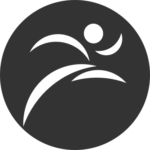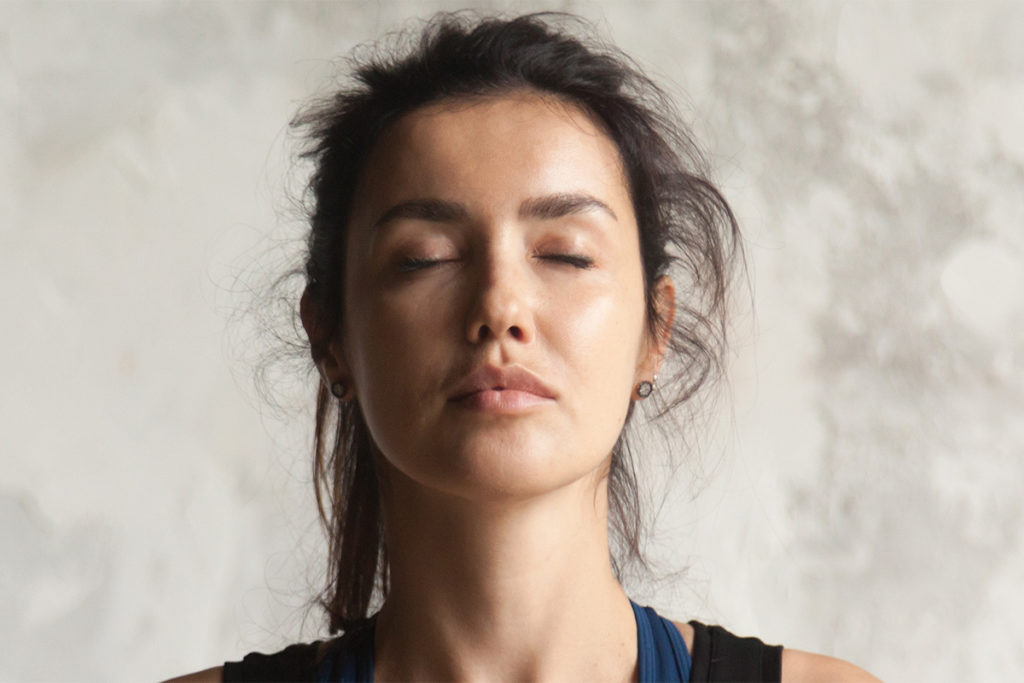A Yoga-Based Finish
Enhance body awareness, encourage deep breathing, and promote active and passive stretching.

Sun salutations integrate strength, endurance, flexibility, controlled breathing and mindfulness. This cycle of postures is traditionally used in many yoga classes to warm up the body, as the sequence addresses all major joints and muscle groups while increasing blood flow and circulation. However, it also helps to release stress on the spine and promote relaxation, a perfect combination for a cool-down!
Rethink the way you use sun salutations, and create a unique experience in the last segment of your group exercise class. Slow down the sequence, and encourage participants to go inward, reflect on the class (whatever format it is!), and focus on the physical and mental benefits.
Go With the Flow
Do the following sequence slowly once or twice, instructing participants to move through their individual range of motion and to focus on cooling down. Encourage them to listen to their bodies and not force any movement or posture that creates pain or unreasonable discomfort. Play soothing and relaxing music (instrumental is a good choice) to encourage breath and body awareness.
Use each posture as a "time stamp"—a chance to pause and fully feel the body's efforts to transition from activity to the end of class. Sample cues are included.
Mountain pose/spinal extension. Stand in neutral, feet firmly planted. Breathing is slow, moderate. Inhale, lift arms overhead in arc-like movement and slightly overextend upper torso. Look upward, tilting head back slightly.
Cue: "Concentrate on your breath to enhance mental focus and awareness. Feel the front of your body begin to open."
Forward fold. Exhale, bend both knees slightly, and gently flex forward from hips. Lower torso and allow hands to drop to floor, chest close to thighs. Look up slightly, and lift sternum while maintaining neutral posture. Place hands on thighs or at midshin, and then relax torso completely.
Cue: "As you hold this position, release any residual tension from the workout."
Plank. Step slowly back into plank position of choice. Hold briefly.
Cobra. Lower body to floor, and lift torso up and back, chest lifted. Pelvis remains in contact with floor. Arms are extended, elbows slightly flexed, shoulders depressed and retracted.
Cue: "Use only the amount of effort necessary to feel a stretch in the chest and abdominals."
Downward-facing dog. Transition to hands and knees, engage core, and slowly lift hips up and back. Move chest toward legs as much as possible.
Cue: "Feel the back of the body release, and savor the final moments of class."
Slow return to start. Gaze between hands, and place one foot forward, followed by the other. Legs are slightly bent or straight. Lift sternum while maintaining neutral posture in upper torso. Place hands on thighs or at midshin, and gently flex forward as torso lowers and hands drop to floor, chest close to thighs.
Cue: "Release all remaining tension."
Transition to mountain pose. Engage back extensors, and lift torso into slightly hyperextended position. Arms arc overhead as hips move into extension. Return to neutral position, lowering arms alongside thighs. Chest is lifted, shoulders depressed and retracted. Jawline is parallel to floor, breathing is steady and relaxed.
Cue: "Inhale deeply and exhale passively. Slowly allow your breathing to return to normal.
To conclude class, cue students to press their hands together at their chests, bow slightly and share a gently spoken "Namaste."
Fred Hoffman, MEd
Fred Hoffman, MEd, is the owner of Fitness Resources consulting services and the author of Going Global: An Expert's Guide to Working Abroad in the International Fitness Industry. The recipient of the 2019 IDEA China Fitness Inspiration Award and the 2007 IDEA Fitness Instructor of the Year Award, he holds a master's degree in health education from Boston University and has over 35 years of experience in the fitness and health industry. A member of the ACE board of directors, Fred's expertise has taken him to nearly 50 countries on six continents to speak at more than 200 conferences and conventions. In 2001, he was elected to the International Who's Who of Professionals. Certifications: ACE, ACSM





